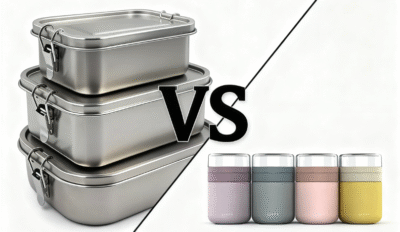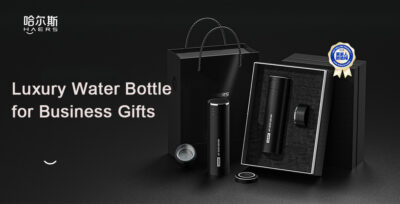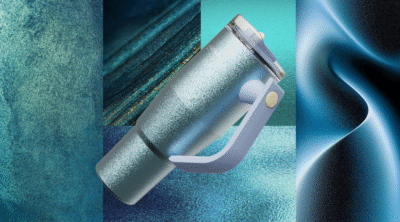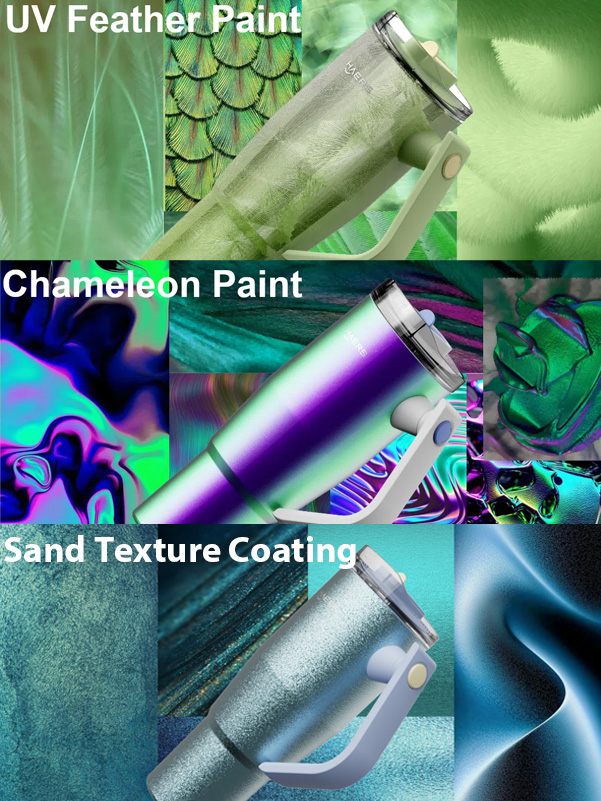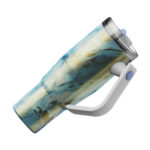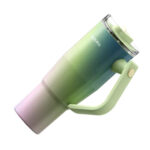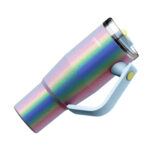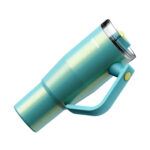Is It Safe to Drink from a Copper Mug?
Have you ever sipped from a copper cup? If not, you might be surprised to learn that people have been doing it for thousands of years. Ancient civilizations once crafted elegant drinking vessels from bronze—basically copper’s older cousin with a bit of attitude (and tin). Fast-forward to the world of modern mixology, and you’ll find the copper mug making a stylish comeback in the form of the Moscow Mule—a zesty cocktail that’s just not the same without that shiny metal touch.
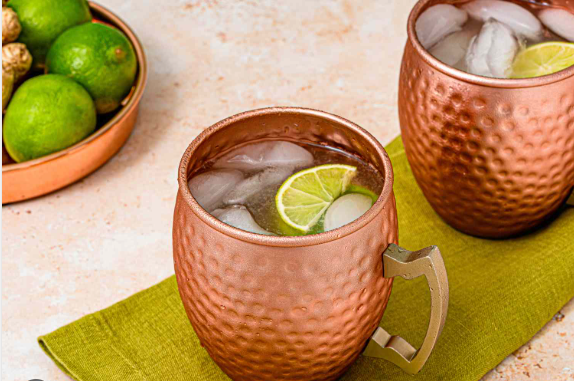
But here’s where things get interesting: in the insulated drinkware industry, copper isn’t just about looks—it’s used inside the walls (often secretly!) to improve heat retention. So copper seems to be everywhere… yet modern science raises a skeptical eyebrow, warning us that copper ions can be harmful when ingested in excess.
So what’s the deal? Are copper mugs the ancient treasure of beverage culture—or metallic troublemakers in disguise? Let’s see before you take another sip.
Table of Contents
ToggleTwo Types of “Copper Mugs” You’ll Find on the Market
When you hear “copper mug,” you might imagine one single shiny vessel, but in reality, there are two very different creatures roaming the shelves:
Solid Copper Mugs
These babies are all about vintage vibes—think rustic charm and cocktail hour sophistication. Often seen in bars serving up the famous Moscow Mule, solid copper mugs come in two main flavors: some are made entirely of pure copper, while others sport a copper-plated exterior wrapped around a food-grade stainless steel interior. The latter combo gives you the look of copper with a bit of durability and safety on the inside.
Perfect for cold drinks (because warm copper? That’s a whole other story), these mugs definitely turn heads with their shiny, retro style.
Copper-Coated Layers in Insulated Bottles and Cups
Now, here’s where copper gets a little sneaky but super clever. In some high-end insulated water bottles and travel cups, copper isn’t actually touching your drink at all. Instead, it’s used as a thin coating or layer placed between the inner and outer walls of the bottle — that hidden space that keeps hot things hot and cold things cold.
Why copper? Because copper is an excellent reflector of heat energy. By lining that middle space with copper, the bottle manufacturer boosts the bottle’s ability to trap heat or chill, making your beverage stay at the perfect temperature longer.
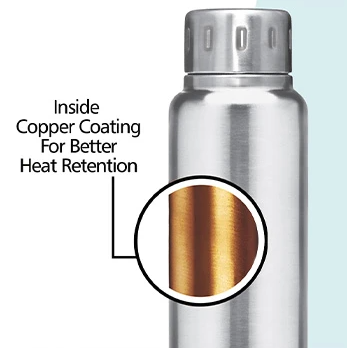
The key here: the copper layer is completely sealed off from the liquid inside. Your drink only touches the stainless steel inner wall, which is food-safe and easy to clean. So, the copper is working hard behind the scenes but never makes a guest appearance in your drink.
This design combines the best of both worlds — the functional magic of copper’s heat reflection plus the safety and durability of stainless steel. It’s like having a copper superhero working in stealth mode to keep your drink just right, without any risk of copper ions sneaking in.
Since copper can react with acidic liquids like lemon water or fruit juices and release copper ions—which nobody wants swimming in their drink—both types of copper mugs are designed so that copper never directly contacts your beverage. Some cookware are designed with stainless steel interior and copper on the outside wall. That’s a key safety detail you can drink or eat from a copper container!
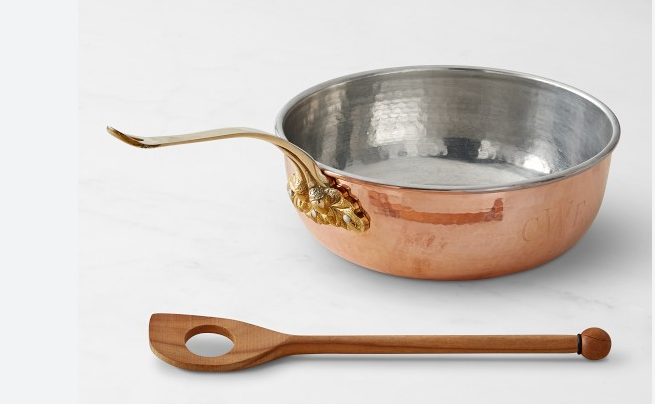
Why Does Copper Help Keep Drinks Hot or Cold?
If you’ve ever wondered why copper is such a superstar when it comes to temperature control, here’s the scoop: copper boasts insanely high thermal reflectivity and excellent heat conductivity. In simple terms, it’s like a tiny heat ninja, bouncing heat back where it belongs and helping to spread it evenly.
When manufacturers add a thin copper coating to the outer wall of the vacuum layer inside an insulated bottle, they’re tapping into this heat-superpower to seriously reduce heat loss by radiation. This means your coffee stays piping hot longer, and your iced tea keeps that chill for hours on end.
This copper layer is often called a “hidden black tech” — invisible to the eye but a game-changer in the world of high-end insulated bottles. It’s no wonder that many brands are ordering bulk cups that include this copper feature to impress discerning customers who demand both style and function.
So, if you’re sourcing water bottles in bulk or planning custom giveaways, look for that copper-coated magic. It’s the secret sauce that turns an ordinary bottle into a premium temperature keeper — all without compromising safety, since the copper never touches the drink itself.
How Can You Tell If Your Cup Actually Uses Copper?
Here’s a little secret: just because your cup shines with a bright coppery glow on the outside doesn’t mean it’s rocking that high-tech copper coating inside.
In fact, true copper coating used for heat retention is usually invisible to the naked eye — it’s tucked away inside the vacuum layer, silently doing its job without messing with the cup’s outward appearance.
So don’t be fooled by a cup that’s simply painted or plated copper on the outside. The real deal is often highlighted by brands in their product descriptions with phrases like “copper-coated inner wall” or “copper lining for heat retention.”
If you’re shopping in bulk or customizing your own cups, make sure to ask or check for these details — because that hidden copper layer is what really makes a difference in keeping drinks hot or cold, safely and effectively.
Tips for Brands and Bulk Buyers
If you’re customizing high-end insulated bottles, consider opting for models that feature a copper-coated insulation structure. This small but mighty detail can seriously boost your product’s performance and set it apart in a crowded market.
When talking to your customers, be clear and upfront: the copper lining never touches the liquid. This simple reassurance goes a long way to building trust and confidence—because nobody wants mystery metals swimming in their drinks!
For marketing and promotion, don’t shy away from using slick terms like “copper lining technology” or “copper insulation booster”—they sound fancy and highlight the science-backed benefits behind the scenes. Your customers will appreciate the transparency and the premium touch.
Just because a drink container involves copper doesn’t automatically mean it’s toxic or unsafe. The real game-changer is where the copper sits and whether it ever actually meets your beverage.
Copper-lined insulation is a clever, safe technology designed to boost heat retention without compromising your drink’s purity. The real thing to watch out for is the quality of the inner lining—making sure it’s food-grade and built to keep your drinks safe and tasty.
So go ahead, enjoy that stylish copper mug or that high-tech insulated bottle with confidence. When copper plays by the rules, it’s more friend than foe in your sipping adventures!





